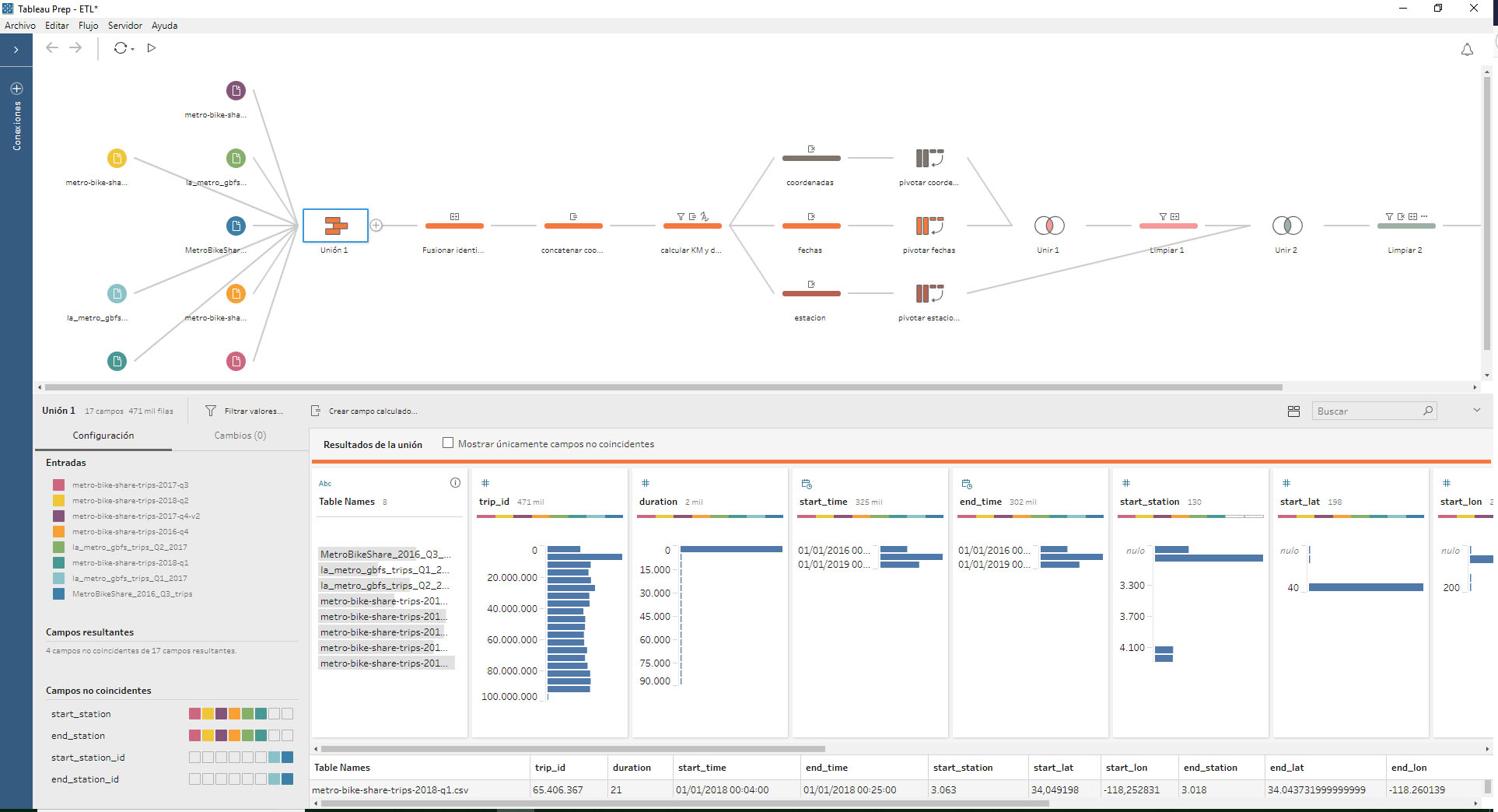


If you are connected to a cube (multidimensional) data source, the metadata area is shown by default. Go to the metadata areaĪfter you have set up your data source, click the metadata area button. Note: Metadata management tasks vary when working with a multi-dimensional data source. You can use the metadata area to review the columns in your data and their data types, do routine management tasks such as renaming a column, hiding a column, changing the data type of a column, and changing the geographical role of the column. Use the metadata area to quickly examine and change the structure of the Tableau data source. Alternatively, to copy values in the metadata grid, select the values, right-click, and then select Copy. When in Extract mode, the row order of the values in the data source might be different than the row order of values in Live mode.Ĭopy values: Copy values in the grid by selecting the values and then pressing Ctrl+C (Command-C on a Mac). See extract data: For the Web Data Connector, file- and relational-based data sources in Extract mode, you can see extract data in the grid, including extract only calculations like MEDIAN. If you create an aggregate calculation, the values displayed in the grid are not meaningful until the calculation is used in context of the view’s level of detail. Click the column drop-down arrow and select one of the respective options. For more information, see Understand Field Type Detection and Naming Improvements (Link opens in a new window).Ĭreate new calculations:Create new calculations, groups, or bins based on existing fields in the data source. You can use the Revert command to reset field names that have changed as a result of naming improvements Tableau has automatically made to the data source. Original name indicates the name specified in the underlying data. You can also select multiple columns and perform the same action. Reset name: If you've renamed a field, click the column drop-down menu, and then select Reset Name to revert back to the original name of the field. Rename column: Double-click the name of the column to rename the field. Click the sort button once to sort rows in ascending order, click the sort button again to sort rows in descending order, and then click the sort button a final time to clear the sort. Sort rows: Sort rows by clicking the sort button. Sort the columns by table or data source order.Ī Modified sort state can occur when some tasks cause new columns to be added to the grid. Sort columns and rows Sort columns: Sort columns in the grid and metadata grid by selecting a sort option from the Sort fields drop-down list. The following enhancements made to the grid on the Data Source page help you better see the data in your data source and prepare it for analysis. On the data source page, make the changes to the data source.Ĭonnect to a Custom SQL Query (Tableau Desktop) On the Data menu, select a data source, and then select At anytime during your analysis you can edit the data source used in the workbook.


 0 kommentar(er)
0 kommentar(er)
